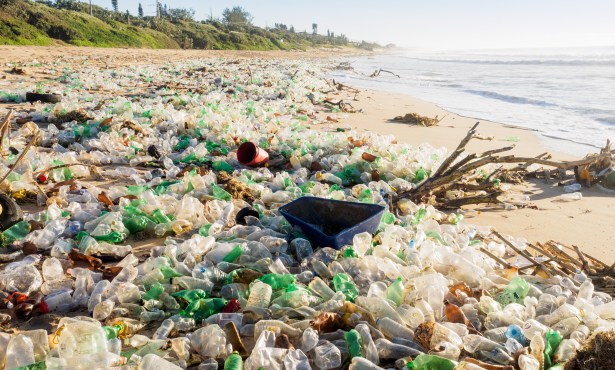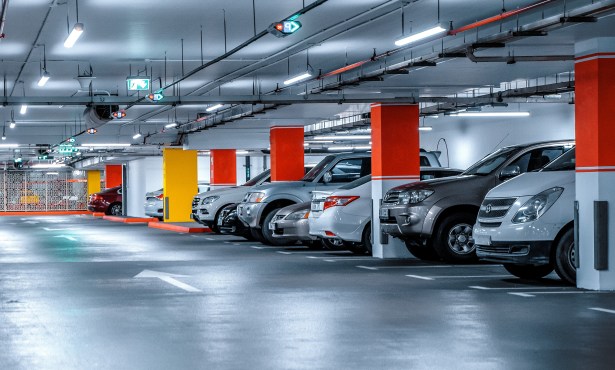When Old Water Heaters Need Replacing, Choose High-Efficiency Units
Heat Pump Water Heaters Are Good for the Environment and Your Pocketbook

Water heaters use more energy than all other household appliances combined except for space heaters. Roughly eight million domestic hot water heaters are sold in the U.S. each year, almost evenly split between gas and electric models. According to the U.S. Department of Energy, households use on average 64 gallons of hot water each day, costing between about $300 and $600 a year, depending on the type of fuel, utility rates, and the efficiency of the unit.
Plumbers estimate that 80 percent of water heaters are sold on an emergency basis, when an existing water heater starts leaking or fails for some other reason. In such circumstances, owners reflex to capacity, availability, and lowest price in buying a replacement. The most sensible course, however, would be the price plus operating cost for annual fuel consumption. This is where water heater heat pumps gain a big advantage. Although unfamiliar to U.S. consumers, commanding only one percent of the U.S. market, they are widely selected as the heater of choice in Japan and Europe.
Air source heat pumps extract heat from the air without burning any fuel directly. This is exactly what refrigerators do, but in reverse. There are two types of water heater heat pumps: (1) the split system with the storage tank inside the house and a compressor outside, and (2) the hybrid, or integrated unit, that combines the compressor and storage tank along with a conventional electric resistance coil. The reason for this configuration is that while very efficient, heat pumps are slow. The coil provides faster heating when needed.
The Energy Guide labels on water heaters give annual operating cost (an approximation because the figures are based on averages) and the amount of hot water the appliance will deliver in the first hour of use (capacity). The Energy Factor, or EF (based on a standard Dept. of Energy test), although not listed on the Energy Guide, is another important way to evaluate units. Standard gas and electric models have an EF between 0.6 and 0.95, but for heat pumps units, it is mostly over 3. The EF measures how much of the energy input is converted to hot water. With standard heaters, where the energy directly heats water, the theoretical maximum is 1 or 100 percent, but with heat pumps, it is over 300 percent.
Water heater heat pumps cost more, roughly double that of standard gas or electric units. The Sanden mini-split is more expensive still, about $3,500. It is different from other heat pumps, as the compressor is outside, eliminating compressor noise inside. This appliance uses CO2 rather than a conventional refrigerant (fluorocarbons) with much lower environmental and global warming risk. Its technology produces higher water temperatures (150 degrees Fahrenheit), obviating the need for a backup resistance coil. In spite of its higher initial cost, this mini-split produces the greatest savings of all units after about 5 years. Moreover, it is the greenest solution, especially when linked to site-generated, renewable electricity from photovoltaic solar panels.
For a video on how heat pump water heaters work, visit youtube.com/watch?v=sxDfdI1IHnE.
UPDATED RULE:
Dennis Allen is chair of Allen Construction, an employee-owned company committed to building and operating sustainably. He also serves as chair of the Dean’s Council at the Bren School of Environmental Science & Management at UCSB and as a boardmember of the Santa Barbara Museum of Natural History.



